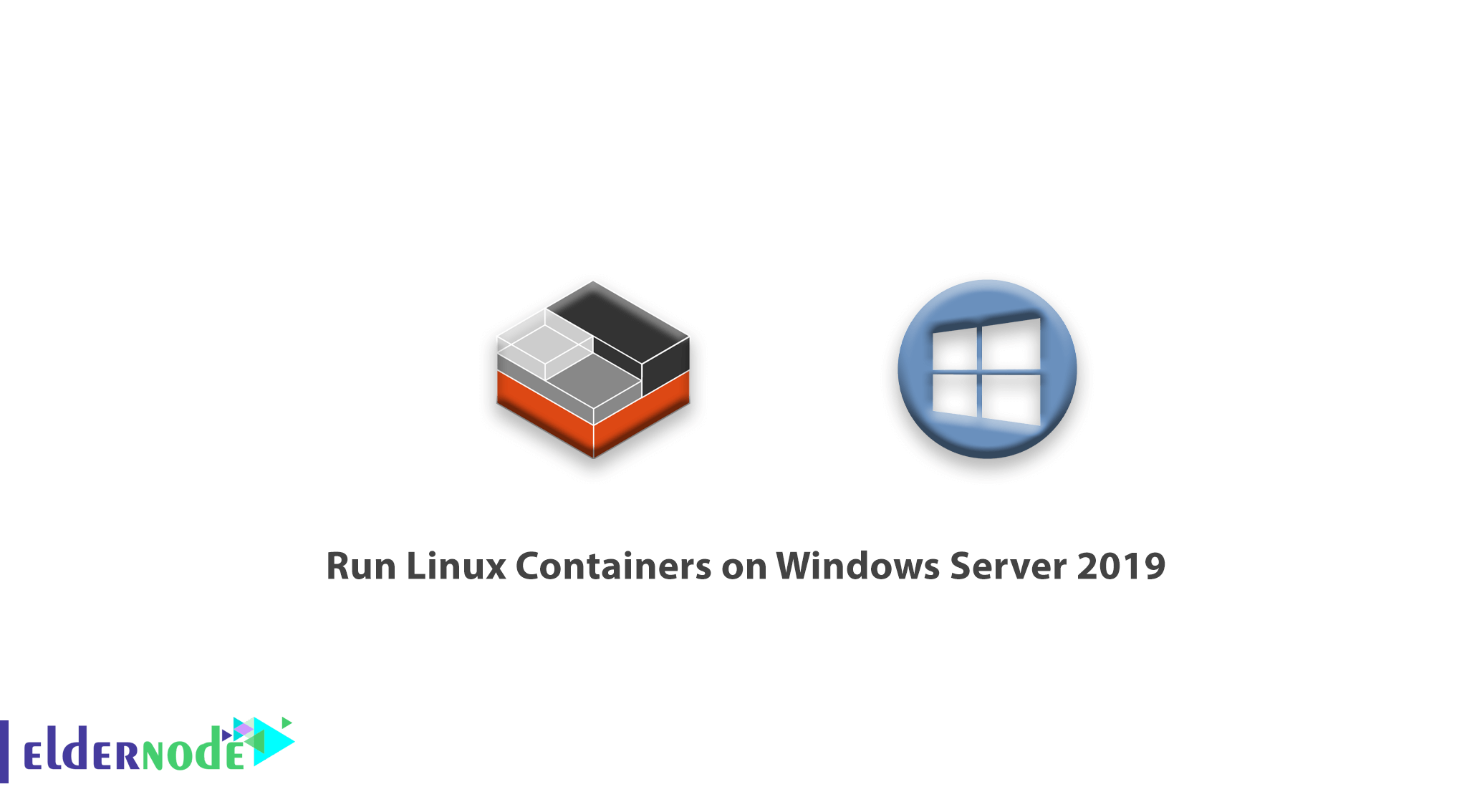
[Updated] Docker on Windows only runs Windows containers. To use Linux containers on Windows Server, you need to use the Docker Enterprise Edition Preview which includes a complete LinuxKit system for running Docker Linux containers. This article will teach you How to Run Linux Containers on Windows Server 2019. You can choose your perfect Windows VPS Server Packages from the Eldernode website.
Table of Contents
Why you should use Linux containers on Windows Server 2019
What is Docker EE?
Docker EE stands for Docker Enterprise Edition and is designed for enterprise development. It makes it easy to build, ship, and run business-critical applications with their dependencies and avoid crazy dependency issues common with the use of Virtual Machines. This technology is an integrated, supported, and certified container platform for CentOS, Microsoft Windows servers, and Oracle Linux. Also, Docker EE supports both AWS and Microsoft Azure cloud providers.
Install Docker on Windows Server 2019
In this section, we will explain how to run Linux containers on Windows Server 2019. To do this follow the steps below and enter the required commands.
First, you should enable the Windows Server 2019 containers feature. To do this, go to the Windows server> Windows Powershell and open PowerShell as an administrator:

And install the Docker-Microsoft package management provider from the PowerShell Gallery using the following command:
Install-Module -Name DockerMsftProvider -Repository PSGallery -ForceAfter you enabled Containers, you can install the Docker Engine and Client with the command below:
Install-Package -Name docker -ProviderName DockerMsftProviderOnce the installation is completed, reboot the computer using the following command:
Restart-Computer -ForceYou can check the Docker version with the command below:
Get-Package -Name Docker -ProviderName DockerMsftProvideror
docker versionHow to Create a Container Registry
Once installed, you will need to configure the server to allow access to the Docker Hub.
Now follow the steps below to create a container registry:
–> Choose the project you want to create a registry on the navigation bar.
–> Choose Packages> New Repository on the project sidebar menu.
–> Specify repository settings such as choosing Container Registry, specifying the registry name and description, choosing the type of Access, and Selecting immutable tag names and immutable images.
–> Click on Get Started to see the command-line snippets.
How to Deploy and Manage Containers using PowerShell
First, start the Docker daemon by entering the following command:
start-service dockerAnd download the pre-created .NET sample image from the Docker Hub registry using the command below:
docker pull mcr.microsoft.com/dotnet/samples:dotnetapp-nanoserver-2009Finally, you need to deploy a simple container running a .NET Hello World application by running the command below:
docker run mcr.microsoft.com/dotnet/samples:dotnetapp-nanoserver-2009Congratulations the container will start and print the hello world message.
Install Docker on Windows Server 2019
Before doing anything you should uninstall your current Docker CE with the following command:
Uninstall-Package -Name docker -ProviderName DockerMSFTProviderIf you are using a Linux Virtual Machine running on Hyper-V, enter the following command to enable Nested Virtualization:
Get-VM WinContainerHost | Set-VMProcessor -ExposeVirtualizationExtensions $trueNow it’s time to install the preview Docker EE build. To do this, run the following command:
Install-Module DockerProvider Install-Package Docker -ProviderName DockerProvider -RequiredVersion previewThen you need to enable LinuxKit for running Linux containers with the command below:
[Environment]::SetEnvironmentVariable("LCOW_SUPPORTED", "1", "Machine")Finally restart Docker Service using the following command:
Restart-Service dockerYou can pull a test docker image using the command below:
docker run -it --rm ubuntu /bin/bashIf you want to switch back to running Windows containers, enter the command below:
[Environment]::SetEnvironmentVariable("LCOW_SUPPORTED", "$null", "Machine")That’s it!
Conclusion
Docker EE for the windows server enables native docker containers on the Windows server. In this article, we taught you how to run Linux Containers on Windows Server 2019. We hope you enjoyed this tutorial, you can ask questions about this training in the comments section.





Even the first command is failing…
The command does not support user interaction.
The commands have been updated. Please check again.